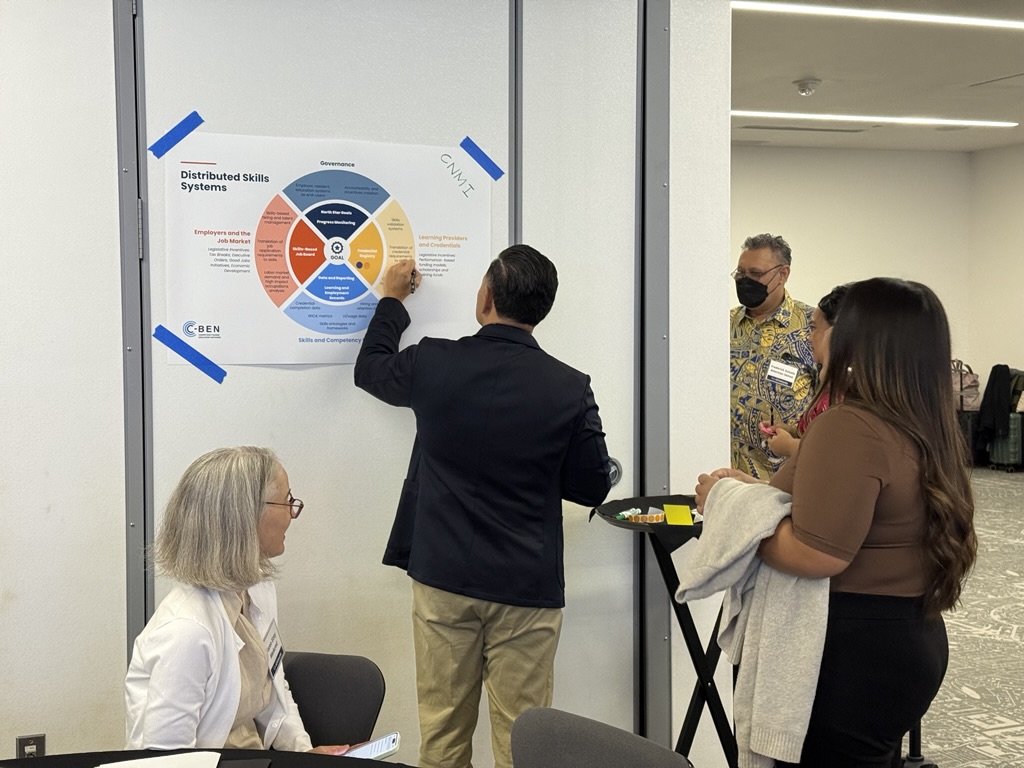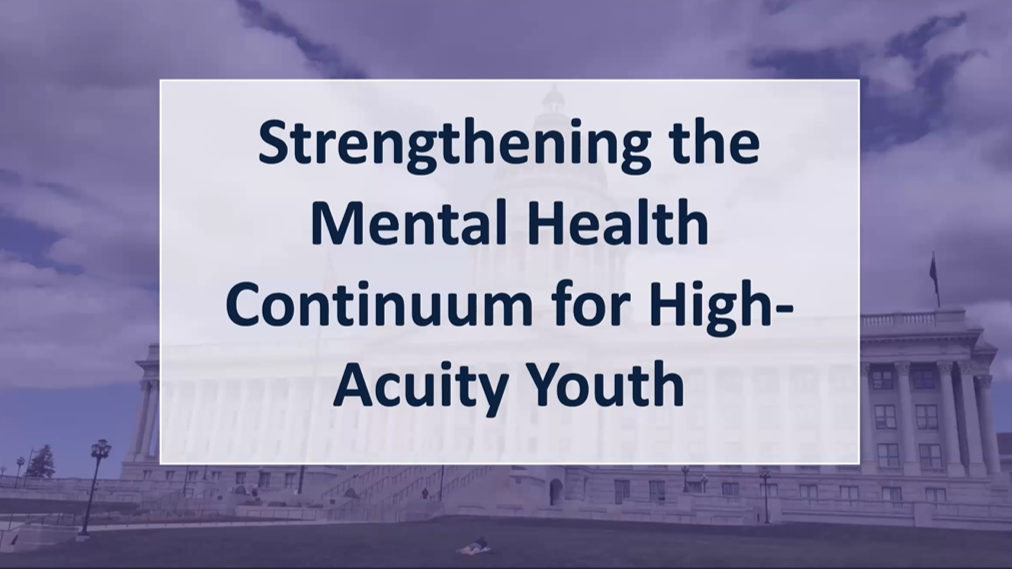The Honorable James Inhofe
Chairman, Committee on Environment & Public Works
U.S. Senate
Washington, D.C. 20510
The Honorable Bill Shuster
Chairman, Committee on Transportation & Infrastructure
U.S. House of Representatives
Washington, D.C. 20515
The Honorable Barbara Boxer
Ranking Member, Committee on Environment & Public Works
U.S. Senate
Washington, D.C. 20510
The Honorable Peter DeFazio
Ranking Member, Committee on Transportation & Infrastructure
U.S. House of Representatives
Washington, D.C. 20515
Dear Chairman Inhofe, Ranking Member Boxer, Chairman Shuster, and Ranking Member DeFazio:
The nation’s governors applaud the successful work of the Senate and House to pass surface transportation reauthorization bills respectively. Now, as both chambers begin to negotiate a final package, we write to urge conferees to adopt a conference report that provides for the longest term at the highest funding level possible to secure enactment into law.
We stand ready to help push this effort over the finish line because enacting a comprehensive bill would provide the federal policy and funding predictability states require to support our nation’s multimodal surface transportation and infrastructure systems.
We urge conferees to adopt the following recommendations to ensure the intergovernmental relationship between federal surface transportation investments and state action remains strong and productive:
1. Certainty. States need federal funding certainty to pursue long-term highway and public transportation projects. But, governors are concerned with continued efforts to fund transportation needs through discretionary grant programs. While competitive grant programs can act as a supplement to formula funding, they cannot replace the stable revenue streams that are required for transportation planning and project delivery.
- Governors support the creation of a dedicated, guaranteed national freight program that offers states formula funds, not solely a discretionary grant program, to pursue strategic investments in multimodal projects that help alleviate bottlenecks, reduce congestion, and enhance economic growth. We urge conferees to agree on a robust intermodal freight program that invites not only tailored, but also large-scale, regional and multi-jurisdictional projects because our nation needs to invest broadly.
- We also support the House and Senate’s decision to maintain the historical split between highway and public transportation spending because an ongoing, strong federal role is critical to help fund and deliver diverse solutions for metropolitan and non-metropolitan areas across the country.
2. Revenue and Financing. Governors support the establishment of a new pilot program for states to develop and model user-based revenue mechanisms as potential alternatives to help maintain the long-term solvency of the Highway Trust Fund (STRR at §6015 and DRIVE Act at §12004). We need to develop new mechanisms and revenue streams to sustain the Highway Trust Fund and the states are incubators of innovative policy solutions.
- Governors oppose the House rescission of $6 billion in unobligated contract authority from states in July 2018 (STRR at §1415). This provision was part of the original bill before the House amended it to include an additional $40 billion in revenue offsets.
- Governors support addressing the “donut hole” issue for federal bridge funding, by making National Highway Performance Program dollars eligible on non-National Highway System bridges that are on the federal-aid highway network (STRR at §1105).
- Governors support innovative financing tools for surface transportation infrastructure such as TIFIA. States are often innovation leaders and if conferees retain a House provision to authorize the Transportation Secretary to establish a National Surface Transportation and Innovation Finance bureau (STRR at §9001), we urge additional language that encourages this bureau to partner with governors because for several years NGA has provided technical assistance to interested states that seek to expand their capacity with public-private partnerships.
- Governors support the creation of a regional infrastructure accelerator demonstration program (STRR at §11209). A major challenge in infrastructure development is a lack of resources to explore innovative procurement methods. This demonstration program sets out to address this challenge head on by establishing regional centers of expertise dedicated to helping sponsors identify options and deliver their projects.
3. Flexibility. Governors support providing states with sufficient decision-making discretion to help advance a national surface transportation system. Federal funding for highway and transit programs should provide maximum flexibility to the state for implementation and innovation because of our diversity of geography, population, and priorities.
- Governors support the current formula for local sub-allocation under the Surface Transportation Program (STP), but if Congress increases the local percentage share, we support the House proposal to adjust the current STP formula from 50:50 to a 45:55 split incrementally over the duration of the authorization (STRR at § 1106).
- Similarly, we also support maintaining current state discretion over 50 percent of the Transportation Alternatives Program (STRR at §1106).
4. Project Delivery and Streamlining and Safety. Governors support provisions in both the House and Senate bills that not only streamline project delivery, reduce approval and completion times, and increase transparency, but also achieve the intent that underlies critical environmental, planning, design, and procurement reviews. States believe that federal surface transportation program reforms are most effective when they limit federal requirements that preempt state flexibility.
- We support the creation of a pilot program authorizing selected states to conduct environmental reviews and project approvals under state laws and regulations, instead of federal laws and regulations (STRR at §1313).
- Governors also are committed to improving the safety of our nation’s transportation systems and oppose cutting the Highway Safety Improvement Program by more than $300 million annually as proposed in the Senate bill (DRIVE Act at §11001).
Governors are excited that after years of hard work and numerous short-term extensions of current law Congress is poised to deliver to the nation a long-term reauthorization of federal highway and public transportation laws and programs.
We also hope that the momentum from this pending surface transportation reauthorization achievement propels completion on a bipartisan basis of other outstanding reauthorizations for passenger rail and aviation.
We look forward to working closely with all conferees to help advance a new surface transportation authorization that delivers a comprehensive national strategy for infrastructure because a cooperative intergovernmental partnership is critical to the success of our nation’s surface transportation system.
Sincerely,
Governor Larry Hogan
Chair, Economic Development and Commerce Committee
Governor Earl Ray Tomblin
Vice Chair, Economic Development and Commerce Committee
cc: House and Senate conferees
House and Senate leadership












